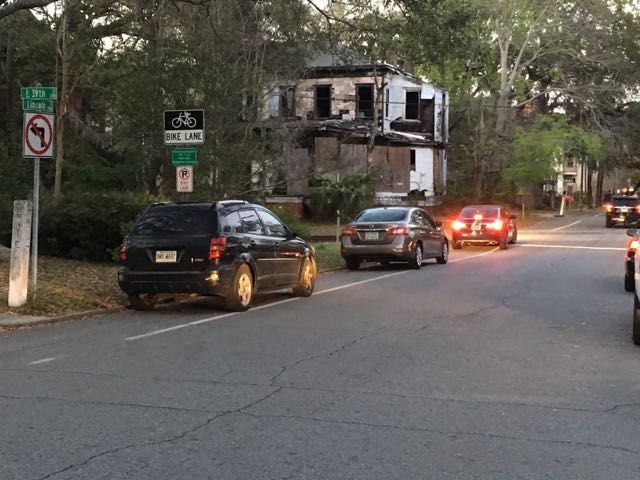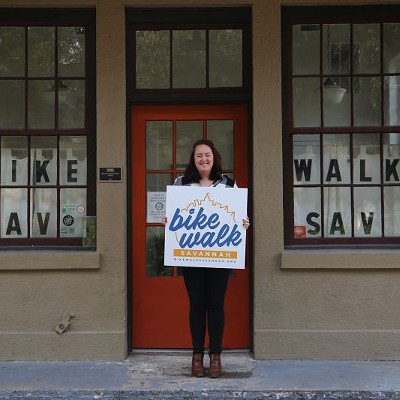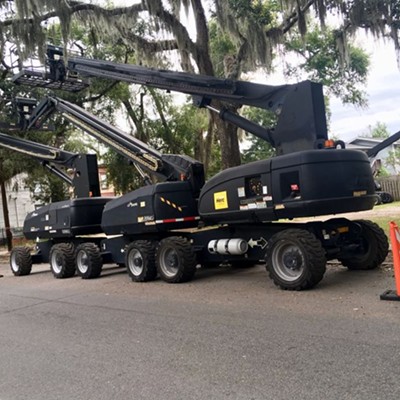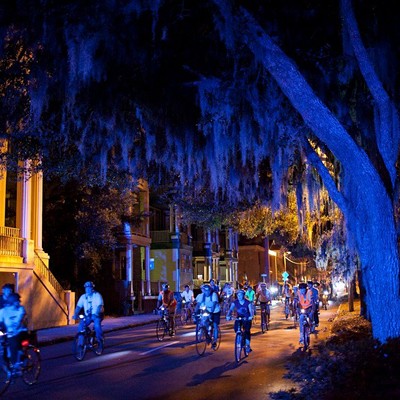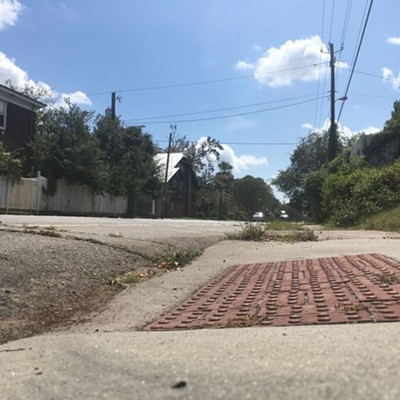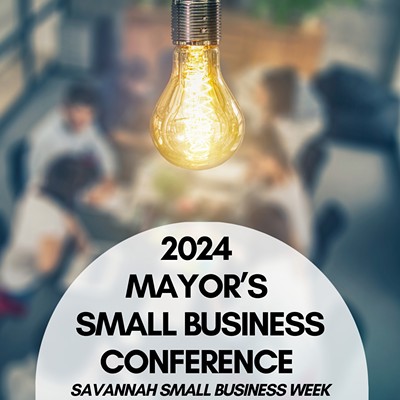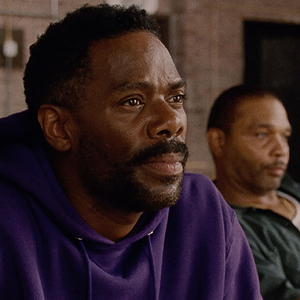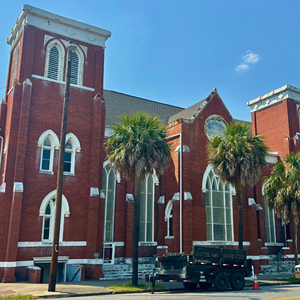IF SAVANNAH is "the New Brooklyn" as hinted in a widely circulated Vogue magazine piece, is it reasonable to conclude Tybee is the New Coney Island?
Last week Tybee Island Mayor Jason Buelterman called once again for something many New Brooklynites and New Coney Islanders will support: improvements to our version of the F train, known locally as “Tybee Road.”
The Georgia Department of Transportation’s “SR 26 / US 80 Bridges Replacement Project” proposes changes designed to, “improve travel between Savannah and Tybee Island and to ensure the integrity of the US 80 bridges.”
These include replacement of the Bull River and Lazaretto Creek bridges (the replacements will provide safe passage for people walking and riding bikes), paved shoulders, and intermittent turn lanes.
Each time Buelterman urges GDOT to make the project a top priority, as he should, he’s joined by a chorus of people who also suggest widening U.S. 80 to four lanes is the best way to make trips to Tybee safer.
I devoted an entire column to why that’s a terrible idea, but I am compelled again to offer this reminder:
Adding lanes does not automatically reduce crashes. In fact, the opposite is often true.
Having offered Fact No. 1 above, how about I lay some more on you?
Fact No. 2: Streets that are designed to be safer for people who walk and ride bikes are safer for everyone, including people who drive. When protected bike lanes are added, sidewalks widened, and other traffic calming measures implemented, crashes are reduced for all users. Data from “Complete Streets” projects all over the country proves this again and again.
Fact No 3: Repurposing car travel lanes to create safe places for people to walk, ride bikes, use wheelchairs, push strollers, or wait for the bus does not automatically create congestion.
“A common misconception is that reducing the number of through lanes will cause traffic to become more congested.” However, when traffic calming measures are applied “correctly in the right locations,” according to a Federal Highway Administration report, a “roadway’s effective capacity can be maintained.”
Over and over these facts have been tested and proved. Now, I’m calling on the research community to determine the validity of some observations I’ve made while driving, cycling, and walking in Savannah.
Observation 1: If one motorist parks in a bike lane or on a sidewalk, without consequences, others will soon do the same. I’m not sure a car has ever been towed from a bike lane in Savannah, which makes signs warning of that fate easy to dismiss and parking in bike lanes hard to resist.
Observation 2: On my morning commute on Lincoln Street, I frequently find myself “sharing” the street with more bicycles than cars even during our annual summer humidity festival, the least comfortable time of year to ride a bike in Savannah. I put “sharing” in quotes above because that doesn’t really describe what’s happening. I share a small fraction of the street with other people on bikes, and people who walk and use wheelchairs. People in cars take up the lion’s share of the street and often help themselves to even more as described in Observation 1.
Observation 3: People who walk and ride bikes are forced to use only small scraps of certain streets because on-street parking spaces are treated as sacred ground and suggesting the removal of even a few spaces — even in the name of public safety — is regarded as heresy. The city’s Traffic Calming Needs Assessment Application asks this fateful question of residents who would like traffic calming measures considered for dangerous streets in their neighborhoods: “Are you willing to lose on-street parking in front of your home?” In other words, “Are you sure you really want to do this?”
Complaining about losing the privilege of on-street parking is the easiest way to scuttle projects that would restore the true right of citizens to move through their city safely and freely. Even in neighborhoods with ample off-street parking, residents can easily derail efforts to make streets safer.
“But where will people park when I throw a party?” is a lamentation that killed one beneficial bike lane project in our city.
Whether you think becoming the next Brooklyn is good or bad, there’s no need to get too excited or worried just yet, if we consider this metric: Brooklyn has more than 300 miles of bike lanes, bike paths, and greenways.
A generous accounting of similar facilities in Savannah still adds up to less than 30 miles. By this measure Parkside isn’t going to become the New Park Slope anytime soon.

